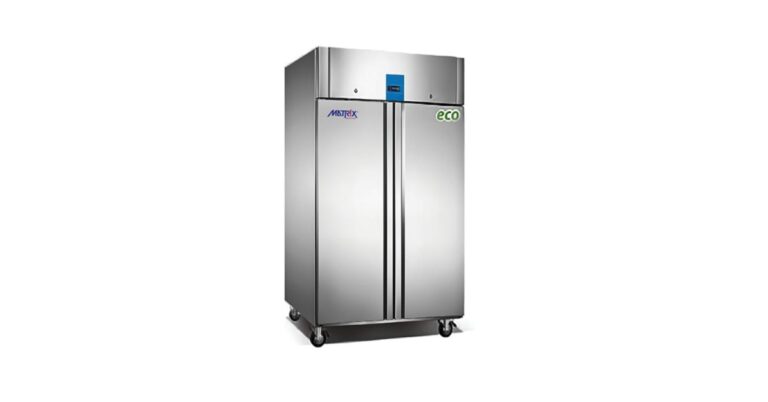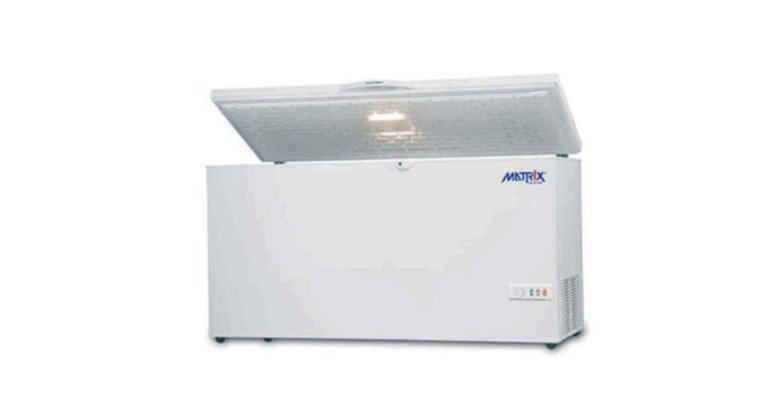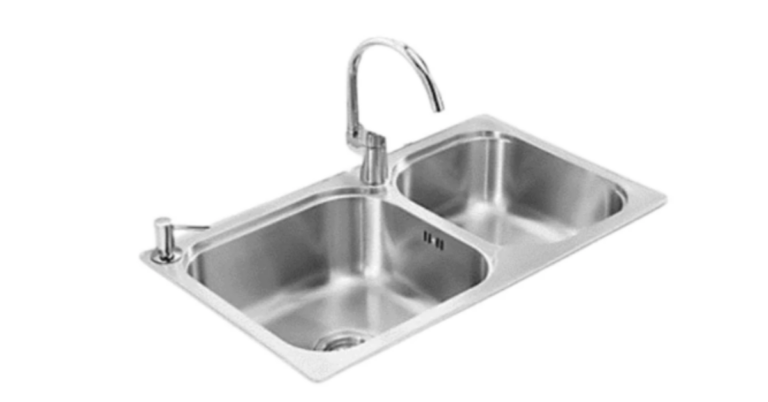The Ultimate Guide to Choosing the Perfect Kitchen Sink
When it comes to designing or renovating a kitchen, one element often overlooked is the Sink. A well-chosen sink not only adds functionality but also enhances the overall aesthetics of your kitchen. From materials and styles to installation options, there are numerous factors to consider when selecting the perfect kitchen sink.
Why the Kitchen Sink Matters
The sink is more than just a place to wash dishes. It serves as a central hub in the kitchen, where food preparation, cleaning, and even social interactions occur. Choosing the right sink can improve your kitchen workflow, increase durability, and complement your kitchen design.
A high-quality sink can last for decades, withstand heavy daily use, and provide a hygienic surface for all your kitchen activities. Therefore, investing time in understanding the options available is crucial.
Types of Kitchen Sinks
Kitchen sinks come in various styles, each with unique benefits:
-
Top-Mount Sink (Drop-In): This type is installed from above the countertop, making it easy to replace. It’s ideal for standard kitchens and is available in materials like stainless steel and porcelain.
-
Undermount Sink: Installed below the countertop, this sink creates a seamless look and simplifies cleaning. Water and crumbs can be wiped directly into the sink, which is a practical choice for busy kitchens.
-
Farmhouse or Apron-Front Sink: With a deep basin and exposed front, the farmhouse sink adds rustic charm. It’s perfect for large kitchens and people who frequently cook at home.
-
Double Bowl Sink: This sink has two basins, allowing multitasking, such as washing dishes in one side while rinsing vegetables in the other.
-
Single Bowl Sink: Ideal for compact kitchens, the single bowl sink provides more space for large pots and pans.
Materials Matter
The material of your kitchen sink affects its durability, maintenance, and appearance. Common materials include:
-
Stainless Steel: Durable, resistant to rust, and fits most kitchen designs. It’s easy to clean and relatively affordable.
-
Cast Iron: Coated with enamel, this material offers a classic look and excellent durability but can be heavy and expensive.
-
Composite Granite: Made from a mix of granite and resin, it’s scratch-resistant, heat-resistant, and available in various colors.
-
Porcelain: Elegant and traditional, porcelain sinks can chip or stain but provide a timeless appeal.
Size and Depth Considerations
Selecting the right size and depth is essential for both functionality and aesthetics. Consider your kitchen space, cabinet size, and how often you use your sink. A deeper sink allows for easier washing of large pots and pans, while a shallow one may suit small kitchens or light use.
Standard sinks are usually 22 inches by 30 inches, but you can find custom sizes to fit unique countertops. Double bowl sinks generally require more cabinet space, so ensure proper measurements before purchasing.
Installation Options
The installation method affects the appearance and cleaning ease of your kitchen sink:
-
Top-Mount: Easy to install and replace; edges rest on the countertop.
-
Undermount: Provides a seamless look and easy cleaning but requires professional installation.
-
Farmhouse: Usually undermount or apron-front, requiring precise countertop cutting.
Professional installation ensures the sink is level, sealed, and free from leaks, maximizing its lifespan.
Maintenance Tips for a Long-Lasting Sink
Maintaining your kitchen sink helps preserve its appearance and functionality:
-
Daily Cleaning: Wipe down the sink after use to prevent water spots and soap scum buildup.
-
Avoid Harsh Chemicals: Use mild detergents and avoid bleach on stainless steel or composite sinks.
-
Prevent Scratches: Use a sink grid or mat to protect the surface from pots and utensils.
-
Regular Deep Cleaning: Once a week, clean thoroughly with baking soda or a sink-safe cleaner.
Proper care ensures your sink remains hygienic, attractive, and long-lasting.
Modern Features to Consider
Modern kitchen sinks come with features that enhance convenience and functionality:
-
Built-in Accessories: Cutting boards, colanders, and drying racks that fit the sink perfectly.
-
Faucet Options: Pull-down, touchless, and high-arc faucets improve usability.
-
Soundproofing: Undercoating and rubber pads reduce noise during use.
-
Water Filtration: Some sinks include integrated filters for safe drinking water.
Design and Style Tips
Your kitchen sink should complement the overall design. Consider the following:
-
Match the material with your countertop for a cohesive look.
-
Choose a color that blends with your cabinetry.
-
Balance the size and depth with other appliances.
-
Select a faucet style that enhances the sink’s functionality and design.
Conclusion
Selecting the right kitchen sink involves considering style, material, size, installation, and maintenance. A well-chosen sink enhances your kitchen’s functionality, makes cleaning easier, and contributes to the overall aesthetic appeal. Whether you prefer a modern stainless steel sink, a classic porcelain option, or a spacious farmhouse design, investing in the perfect sink will improve your daily kitchen experience and last for years to come.







